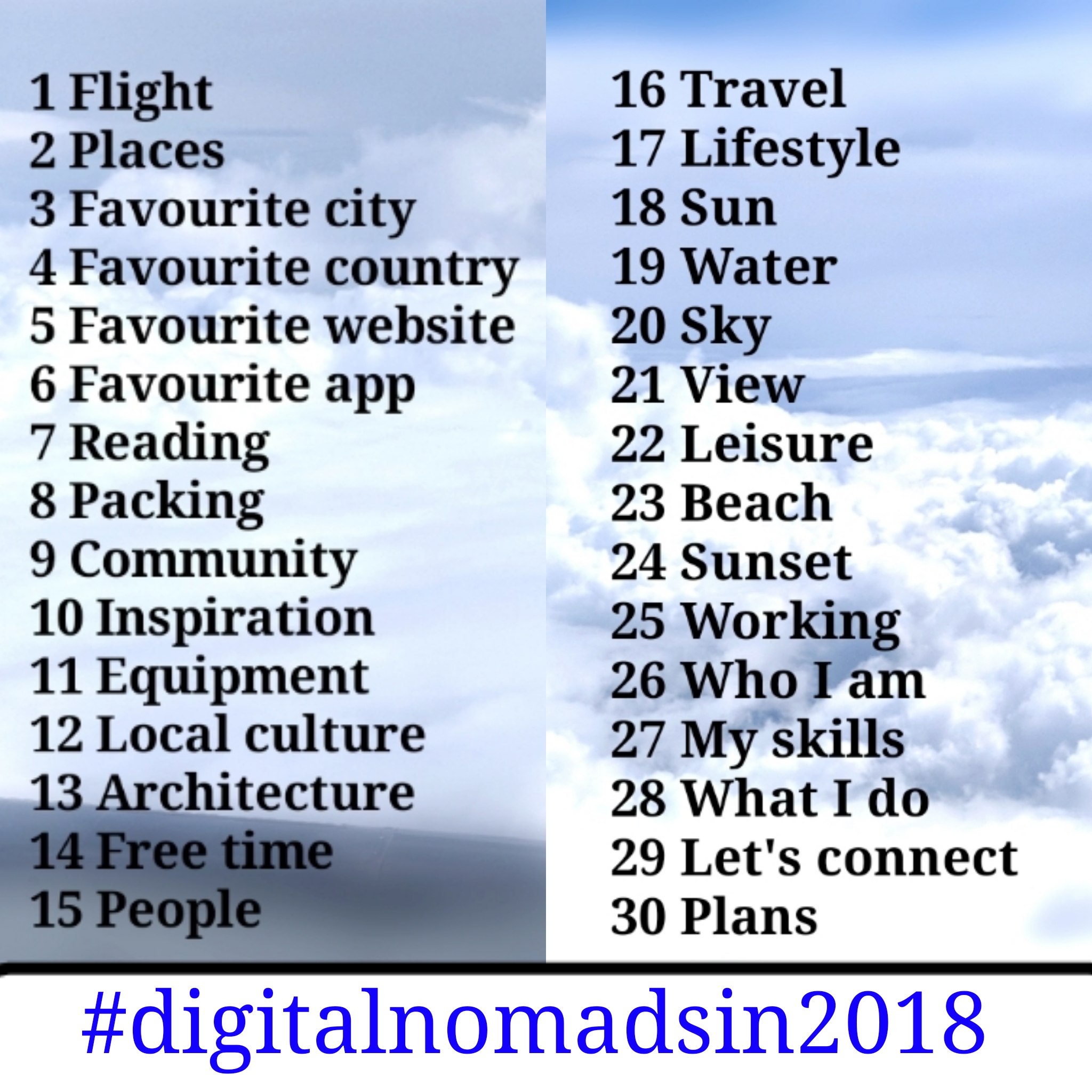This article is in partnership with Day Translations.
For an English- and Italian-speaking European like myself, Finnish doesn’t seem as difficult as, say, German, to read. While I may not understand what I am reading, what you see on the page or on the screen doesn’t seem impossible to decypher and pronounce.
The website The Conversation defined Finnish as a “transparent language”. This means that there is more or less a direct correlation between the way a language is written and spoken, making it easy to pronounce even if you don’t understand the meaning of the words.
Examples of transparent languages include Italian and Spanish.
The opposite of transparent languages are opaque languages, with English and Irish being the prime examples as the way groups of letters are pronounced can be irregular and doesn’t always follow the same pattern. Opaque languages can look and sound very different, with similar-looking words being pronounced totally differently. In a nutshell, opaque languages are often counter-intuitive.
One of the advantages of learning a transparent language first and then an opaque language is that your reading speed will be much higher. It would take less time processing how each word is pronounced because pronunciation of the same vowels and consonants and any combination of letters is likely to follow a constant pattern. For children of reading age this means that native English speakers may take twice as long as, say, Finnish children, to learn how to read.
Origins of the Finnish Language
Unlike Swedish or Russian, the Finnish language has had its own development separately from its neighbouring countries. Modern Finnish derives from the Finno-Ugric language which includes the Uralian languages Hungarian and Estonian. However, Hungarian and Finnish went on to develop separately, even though they still retain some structural similarities.
It is estimated that the first settlers who spoke a form of Finnish language first inhabited modern day Finland about 3,000 years ago.
Modern Finnish has been defined as a “logical language” because it has very predictable grammar rules.
About 5 million people speak Finnish in Finland and in Sweden, followed by 200,000 people in Norway and less than 10,000 in Russia and in Estonia. A small percentage of people in the US and Canada also speak Finnish through emigration.
How Easy Is It To Learn Finnish?
According to the University of Oulu, learning Finnish should start by memorising some common words that you are likely to use every day.
This is probably the most practical way to learn, as Finnish grammar can be quite challenging to comprehend. In fact, Finnish is rather complex, even though it is a transparent language.
To further complicate things, you must be aware that there are plenty of Finnish dialects and colloquialisms which diverge from standard Finnish.
One thing that Finnish language teachers agree on is that there is a lot of memorising that takes place when learning Finnish and it takes a good amount of practice and study to become fluent.
Passive learning through watching TV series in Finnish, for example, may not be useful for a beginner as it would be too complex and with little comprehension it would be difficult to retain words and their meanings. Teachers suggest to learn words in context by memorising entire phrases where a word is likely to be used in common speak. An added advantage of learning entire phrases is that it acts as a memory aid when you want to remember a particular grammar rule, as you would have a practical example already at your disposal.
Thankfully, many Finnish people can speak English if you are stuck trying to remember how to say something in Finnish.



